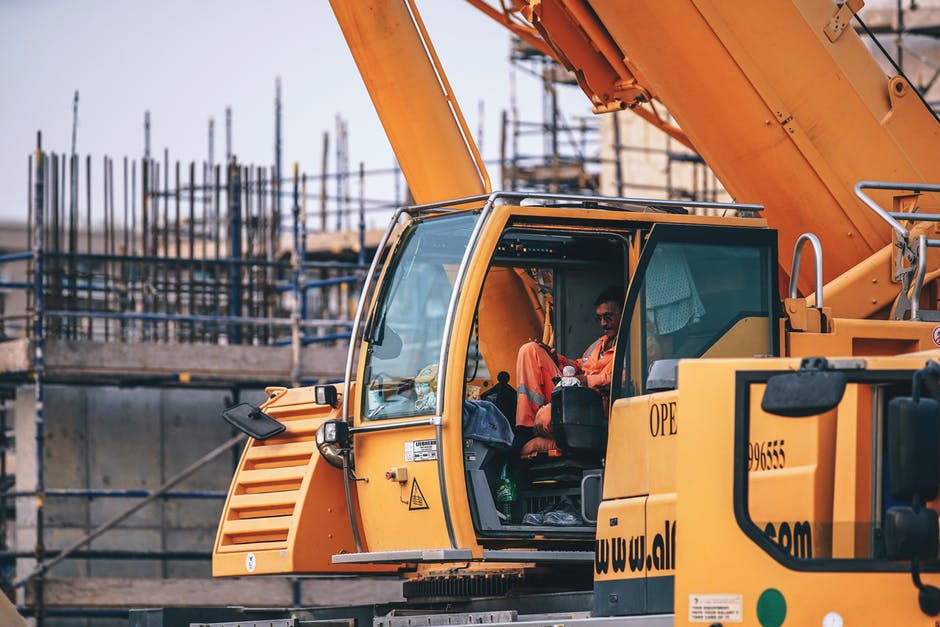
Safety in the workplace is not only a good idea; it’s mandatory under most workplace safety regulations.
In the US, the requirements fall under the Occupational Health and Safety Administration (OSHA), and the associated standards and regulations.
Because of the dangerous nature of construction sites, they are hotbeds of problems awaiting an OSHA inspector.
Cranes are one area where there are a lot of potential risks. Guess what? Being proactive in your approach to safety will head them off at the pass, and significantly reduce the chances of anything disastrous happening to your staff or equipment onsite.
Appointment of a Safety Officer
It’s mandatory to have a safety officer appointed responsible for the site. The safety officer should complete daily checks of all at-risk areas to identify hazards.
Identifying hazards is an important preventative measure for reducing risks.
Development of Procedures
The next important part of site safety regulations is developing proper compliant procedures for crane operation.
These are the responsibility of the employer or contractor. All personnel must be aware of the procedures, and operate according to their specifications.
Crane Operation Specific Risks
The federal regulation guidelines are rather complex when it comes to cranes and derricks, as one would expect with the nature of the equipment. The following details some of the key areas that are covered by the regulations. It is by no means a comprehensive list!
This is merely food for thought regarding what needs to be in place before crane operation can commence.
Applicable Regulations
The OSH Act, and Regulation Standard 29 CFR parts 1910, 1917-1919, 1926 apply to workplace safety and construction sites, with many subsections specifically detailing the operation of cranes along with risks of overhead loads, heavy lifting, and falls.
All crane operators must comply with the requirements of these standards.
Signals
A system of warning is needed to indicate to workers when overhead loads are in progress.
Fall Protection
A barrier system is needed to prevent access to areas where overhung loads may cause a problem. Compliant lifting platforms must be used where personnel are to be hoisted.
Ground Conditions, Assembly and Disassembly
The employer must have procedures for proper assembly and disassembly, and for assessing ground conditions. Competent and qualified persons must perform all work.
The procedures will include ensuring brake testing and application prior to movement, security of all attachment points, and the stability of footings, among other items.
Crane Operation Qualifications
All operations and maintenance personnel must be properly trained. The regulations define what is required to be considered a competent person, and a qualified person when it comes to crane operation.
Securing Loads
Attention by qualified persons to properly securing loads prior to lifting is of vital importance.
Everyone is Involved in Safety
A safety management system that is proactive ensures that all employees and contractors have a stake in the safety process. Having a vested interest means that employees are encouraged to identify hazards and suggest solutions.
Those completing the work often have a far better knowledge of what is safe and unsafe in their own jobs. Workers are also usually very understanding of the need for efficiency from commercial pressure, so solutions will often involve streamlining of processes while improving safety.
Once they have received proper safety training and have been provided with guidance on safety attitudes, workers can help improve safety processes, moving the operation from reactive to proactive, making it an OSHA inspectors dream.
Seek Expert Assistance
If you’re not sure about the adequate safety of your crane and the workplace environment, the best solution is to seek professional assistance from an industry expert, like Sheedy Crane. Contact us today with your questions.
